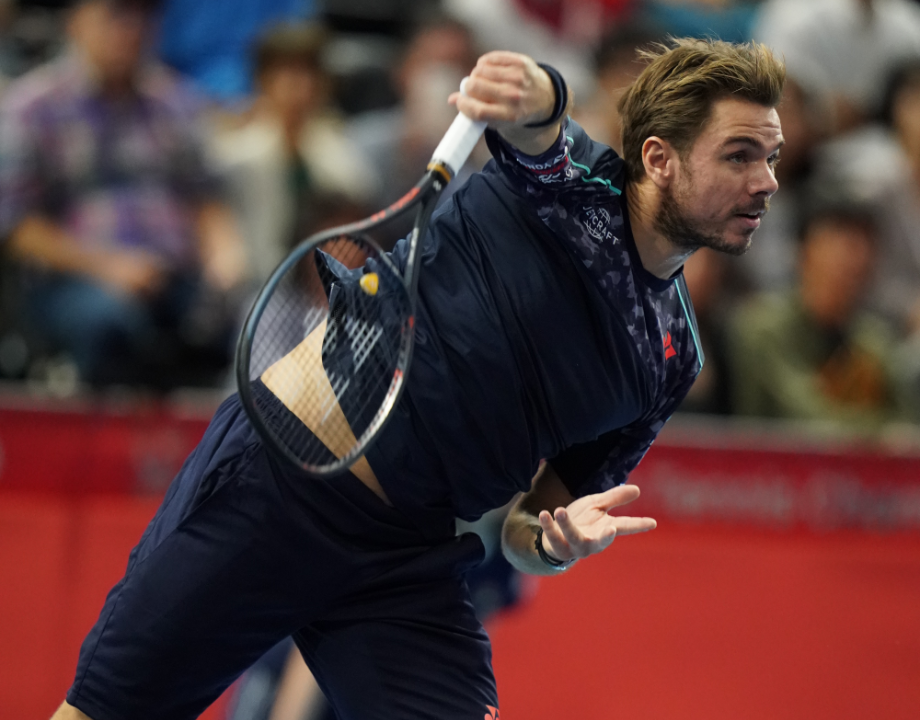The One Motor
In 1946, just after the end of World War II, Yonex marked its beginnings as Yoneyama Company, Ltd. founded by Minoru Yoneyama, a producer of wooden floats for fishing nets. Yoneyama’s wood-crafting business thrived until modern advancements - namely plastic floats - forced the company out of the business. Frustrated by being pushed aside by advancing technology, he vowed to never be technologically left behind and committed to constant innovation in future endeavors.
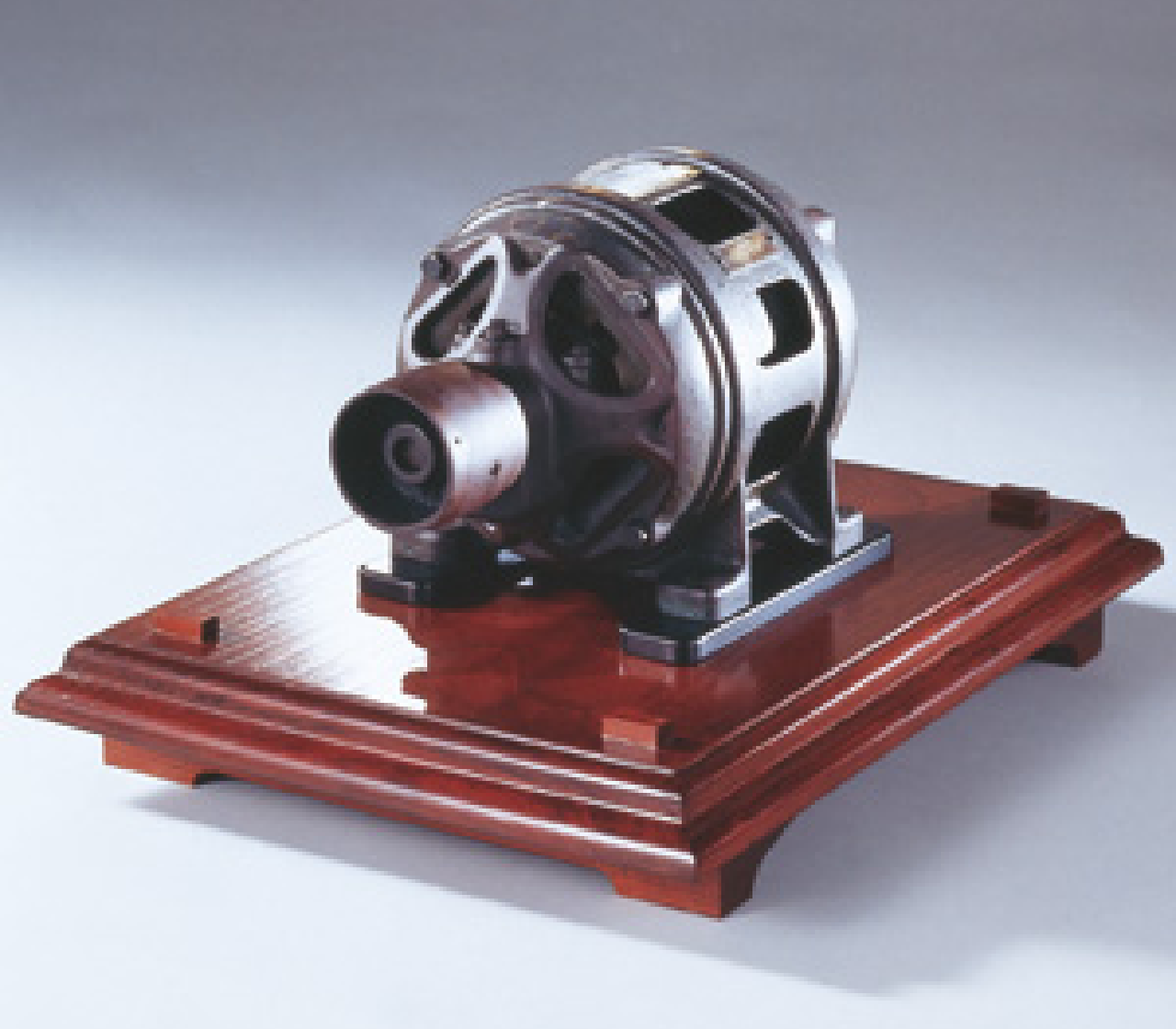
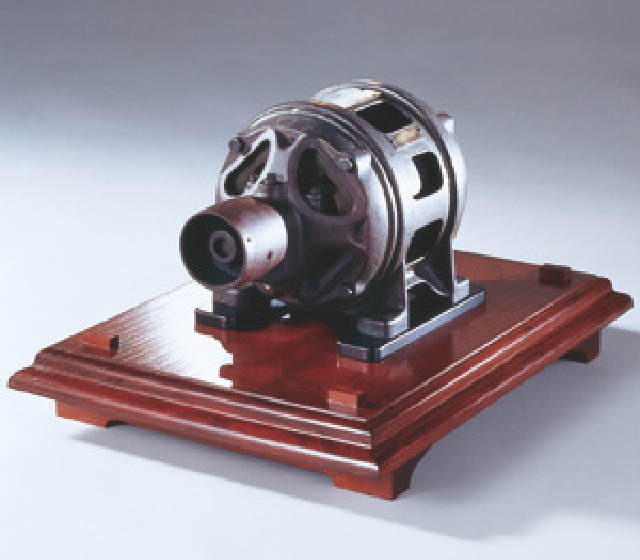
Crafting Wooden Racquets
Relying on strengths in wood crafting, the Yoneyama Company evolved into manufacturing badminton racquets in 1957 as an OEM for the Sanbata racquet brand. Today, Yonex manufactures its own tennis racquets, golf clubs, snowboards, road bikes, tennis and badminton string, and more. Throughout the years, Yonex has learned that “the toughest situations create the greatest chances” - and this spirit carries through in its mission to enrich the world with sports through high quality products.
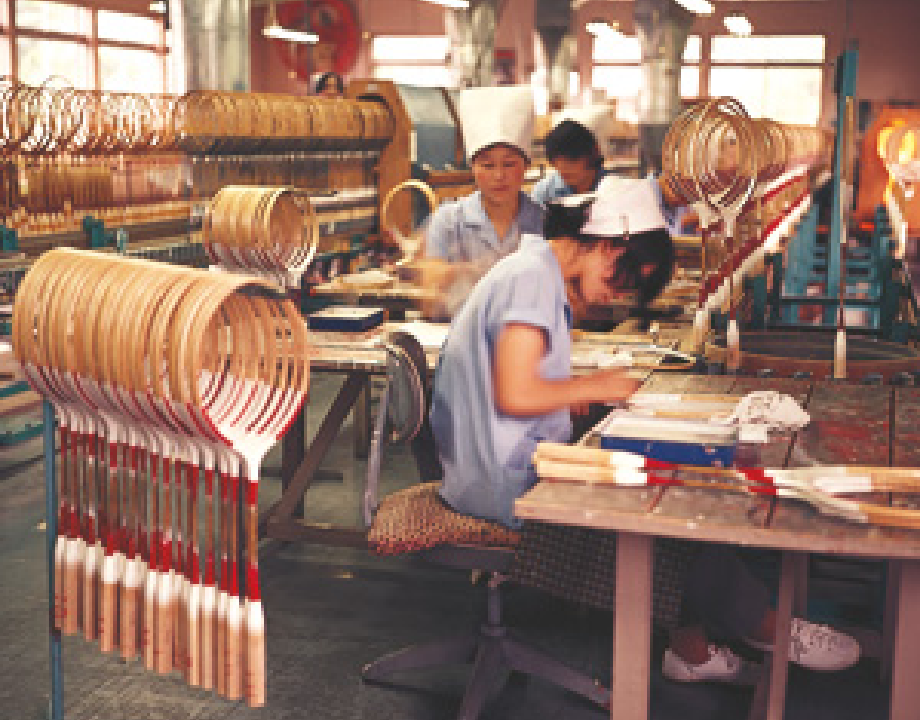
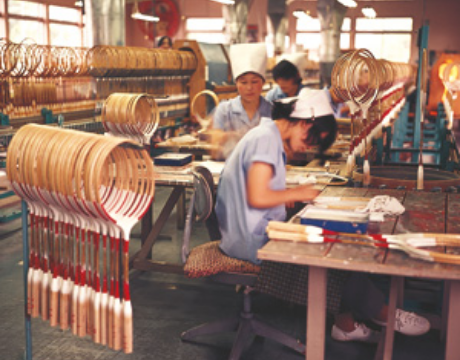
The First Yoneyama Racquet
With Sanbata’s bankruptcy in 1961 and Yoneyama’s Manufacturing Headquarters burning down in 1963, the 1960s truly tested the spirit of creating chances within tough situations. Despite these set-backs, Yoneyama established Yoneyama Sports Co., Ltd. to manufacture Yoneyama-branded racquets, rebuilt the factory in three days, and expanded its business to the United States and Europe during this pivotal decade.
In 1965, the Tokyo Factory opened its doors to manufacture shuttlecocks -- now, Yonex is the official tournament shuttle of all Badminton World Federation (BWF) Major Events, as well as the Olympic Games since 1992 in Barcelona.
In 1968, Yonex developed the world’s first “T-Joint,” which led to Japan’s first aluminum badminton racquet. The “T-Joint” was inspired by a gas tap design that connected the frame and shaft.
In 1969, Yonex expanded into the tennis industry with the aluminum T-7000 racquet.
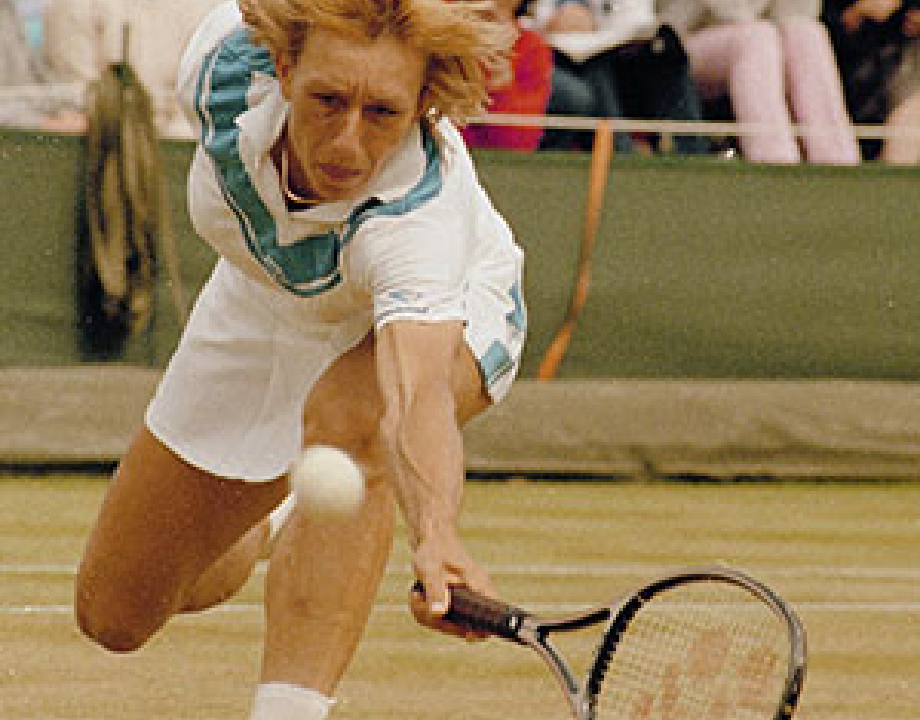

Pushing Structural Limits
To improve upon the widely popular T-7000, Yonex developed the Oval Pressed Shaft (OPS), which created a stronger, more stable racquet and was implemented in the T-7500.
In 1973, the “YY Yoneyama” logo is introduced and eight-time (seven consecutive) All England Open Badminton Champion and badminton icon Rudy Hartono began competing with Yonex.
The following year, Yonex began manufacturing wooden tennis racquets and signed Tony Roche, the fourteen-time major champion from Australia.
In 1978, the first badminton racquets weighing under 100g launched as B-8500 and CARBONEX 8.
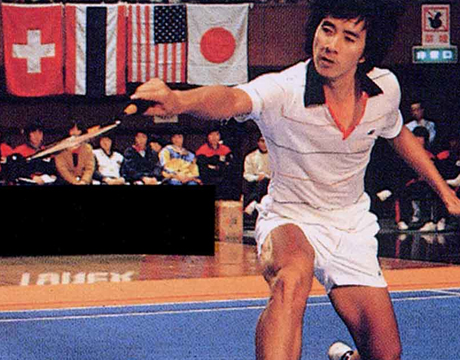

ISOMETRIC™ Racquets to Longest Drives
Yonex’s iconic square-shaped ISOMETRIC™ racquet was first introduced in 1980 with the launch of the R-1, R-2, and R-3. The same year, Billie Jean King and Martina Navratilova began competing with Yonex.
The company was renamed to Yonex Co., Ltd. Utilizing Yonex’s graphite technology, the company entered the golf business.
In 1983, Navratilova won the Australian Open, Wimbledon, and US Open in both singles and doubles with the best-selling R-22 racquet.
In 1984, Yonex becomes the title sponsor of the sport’s oldest and most prestigious tournament, the All England Open Badminton Championships.
In 1989, Yonex introduced the ADX 200 in the United States, the widebody graphite driver that changed the game of golf. The ADX 200 was recorded in the Guinness World Records with the longest drive at 412 yards.
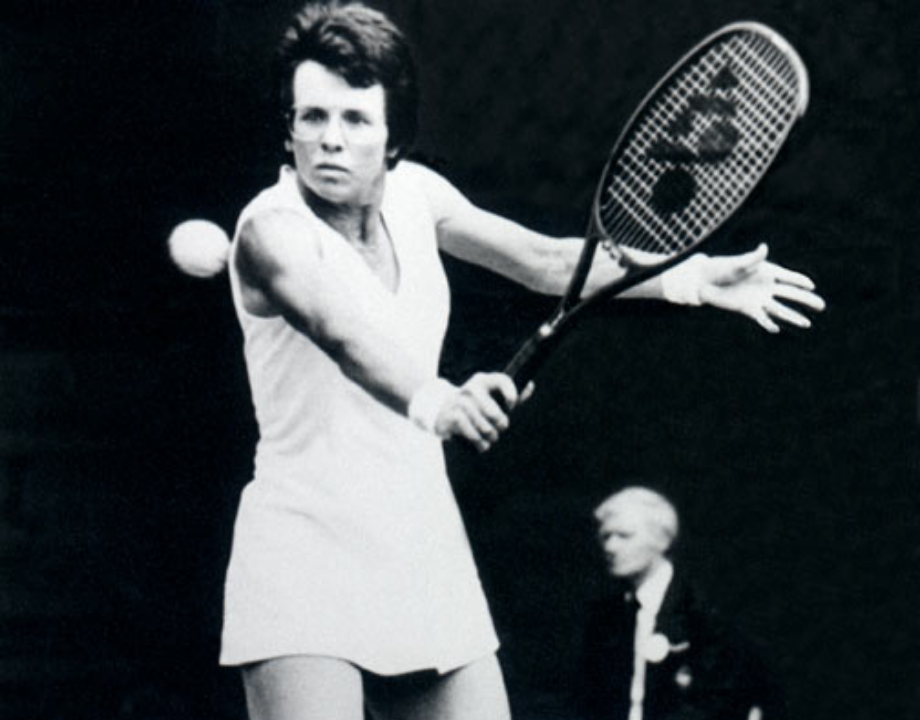

A Series of World No.1s
In 1990, Navratilova claimed her 9th Wimbledon title with the widebody RQ-180 and in 1991, Monica Seles became the youngest female player to achieve a World No.1 Ranking.
Borrowing from Yonex’s own signature square-shaped tennis racquet frame, the first ISOMETRIC™ badminton racquet in history launched in 1992.
In 1995, to further push the limits of graphite innovation, Yonex began manufacturing snowboards.
In 1996, Martina Hingis gained prominence as the youngest major champion in history at 15 years old and continued on with a legendary career with Yonex gear.
In 1998, Yonex revamped its logo to the current YY Yonex logo.
In 1999, Yonex begins hosting the YONEX Ladies Open, a LPGA Japan Tour event (Ladies Professional Golfers' Association of Japan) at the Yonex Country Club.
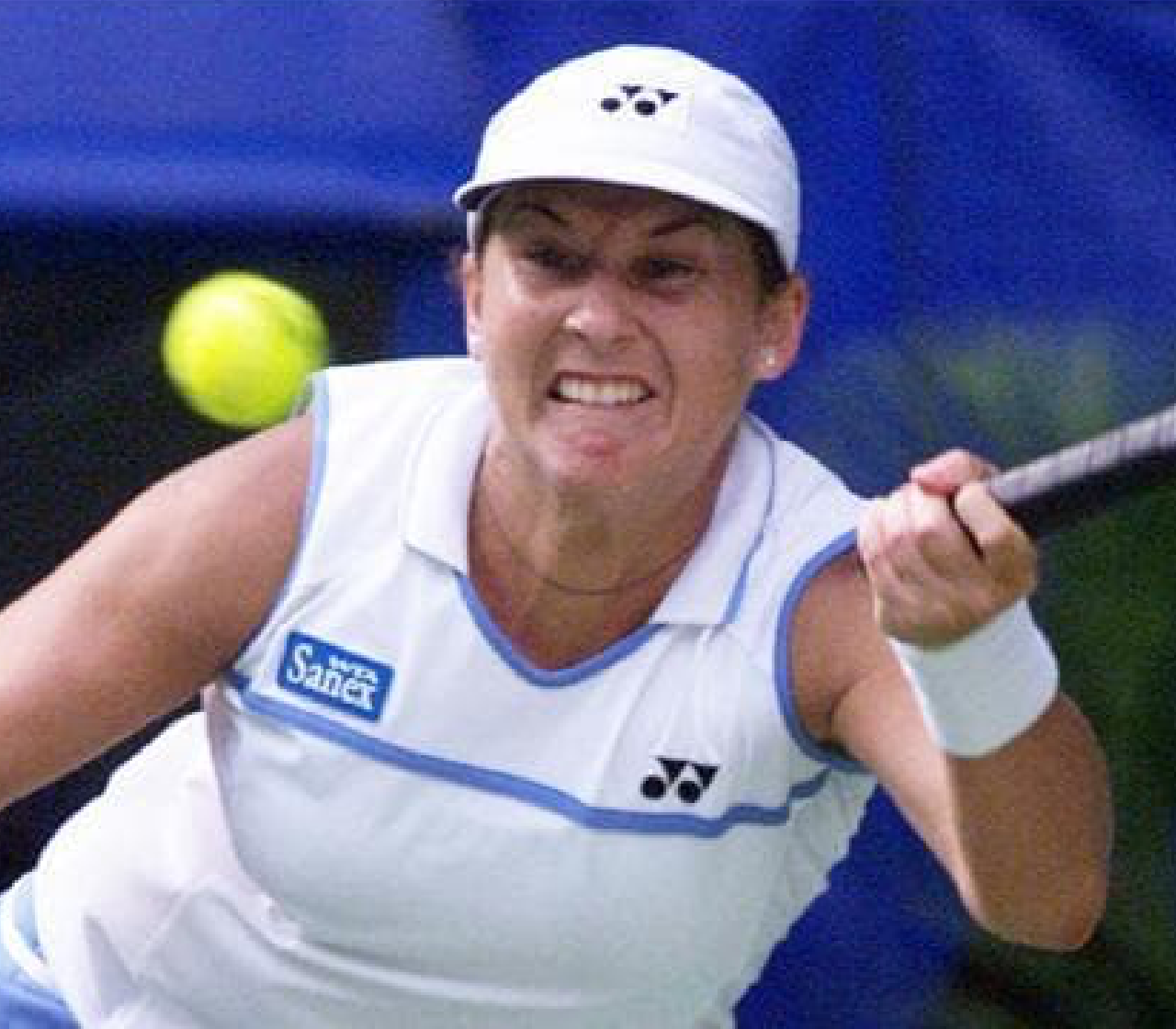
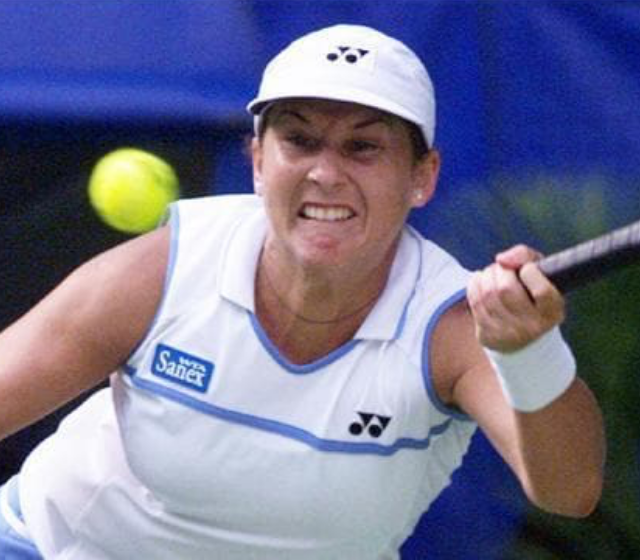
Breaking Records
In the early 2000s, Lleyton Hewitt became the youngest male World No.1 in history and claimed two major singles titles to his name: Wimbledon and US Open.
In 2007, Ryo Aono becomes the first Japanese snowboarder to win a gold medal at the Snowboard World Cup in Halfpipe. Throughout his career, he goes on to win 12 World Cup titles and competes in two Olympic Games.
In 2009, Yonex became the longest title sponsor of the All England Open Badminton Championships.
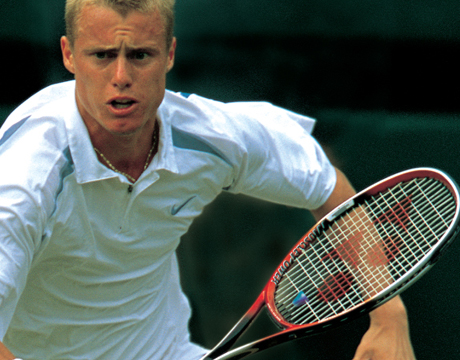

Enriching the World Through Sports
Originating in Japan and expanding globally, the Yonex Vamos•J tennis camps begin developing high-performance juniors in 2011. Through unique programs and life experiences, Vamos•J aims to promote tennis and develop young players worldwide.
Spearheaded by badminton’s greatest players, The Legends’ Vision initiative launches in 2015 to raise the profile of the sport and to inspire the next generation of badminton players. Led by Taufik Hidayat, Peter Gade, Lin Dan, Lee Chong Wei, and Lee Yong Dae, these Legends tour the world to increase badminton awareness and participation.
Yonex enters two new businesses, sport bikes and wind turbine blades in Japan, further expanding on its carbon graphite technology.
At the 2016 Australian Open, Yonex becomes the first Japanese brand to provide stringing services for a major tennis tournament through the Yonex Stringing Team.
Today, with the trust of the world’s top athletes - former and current World No.1s - Yonex continues to combine timeless Japanese craftsmanship and cutting-edge technology to give players the tools to succeed.
